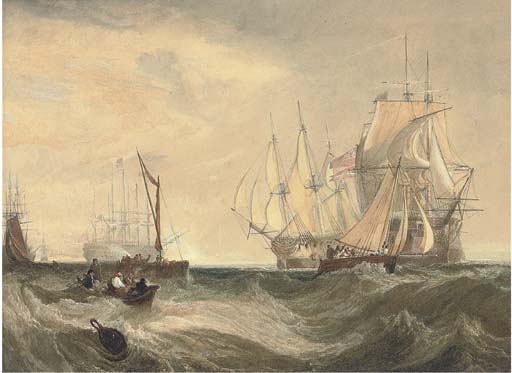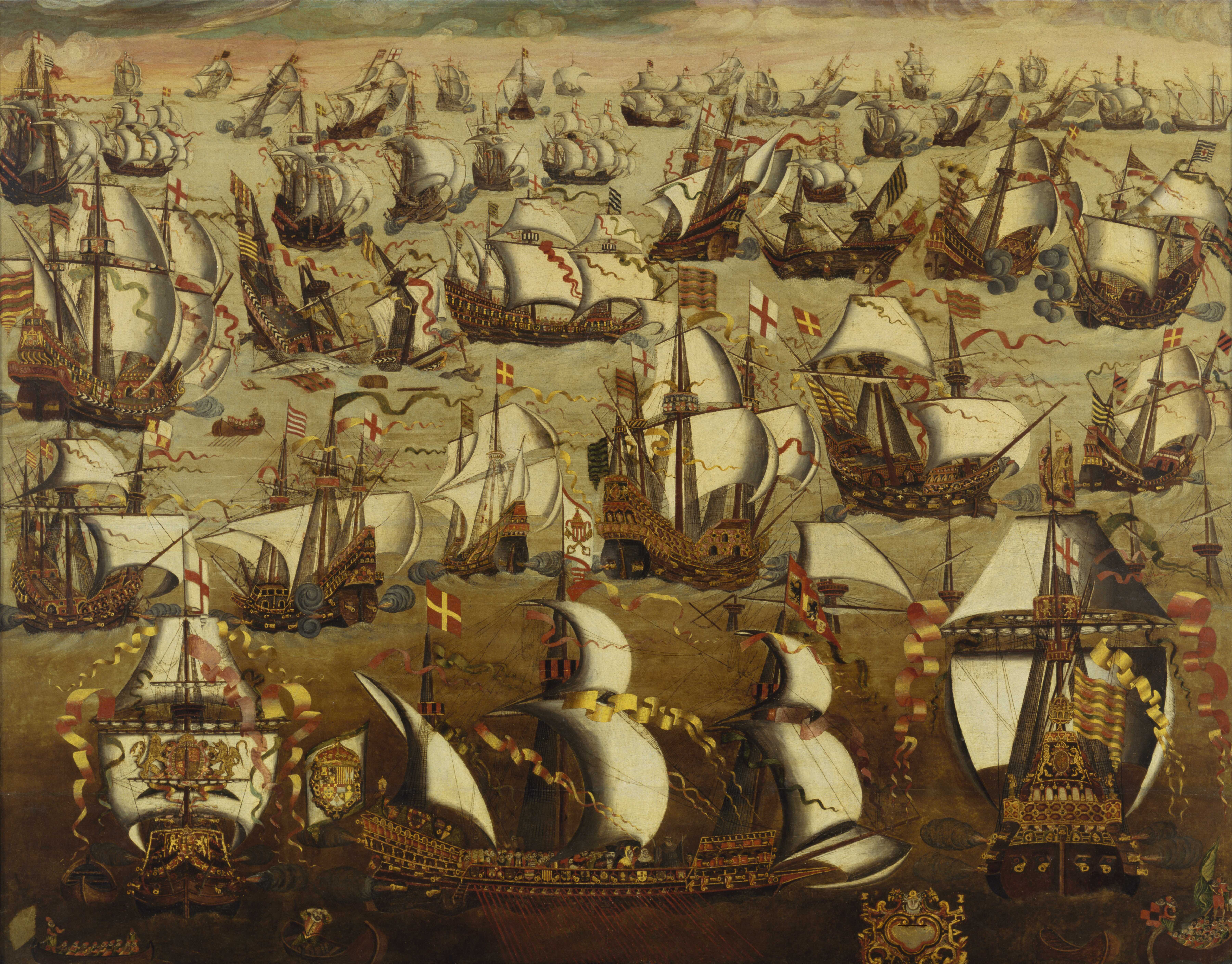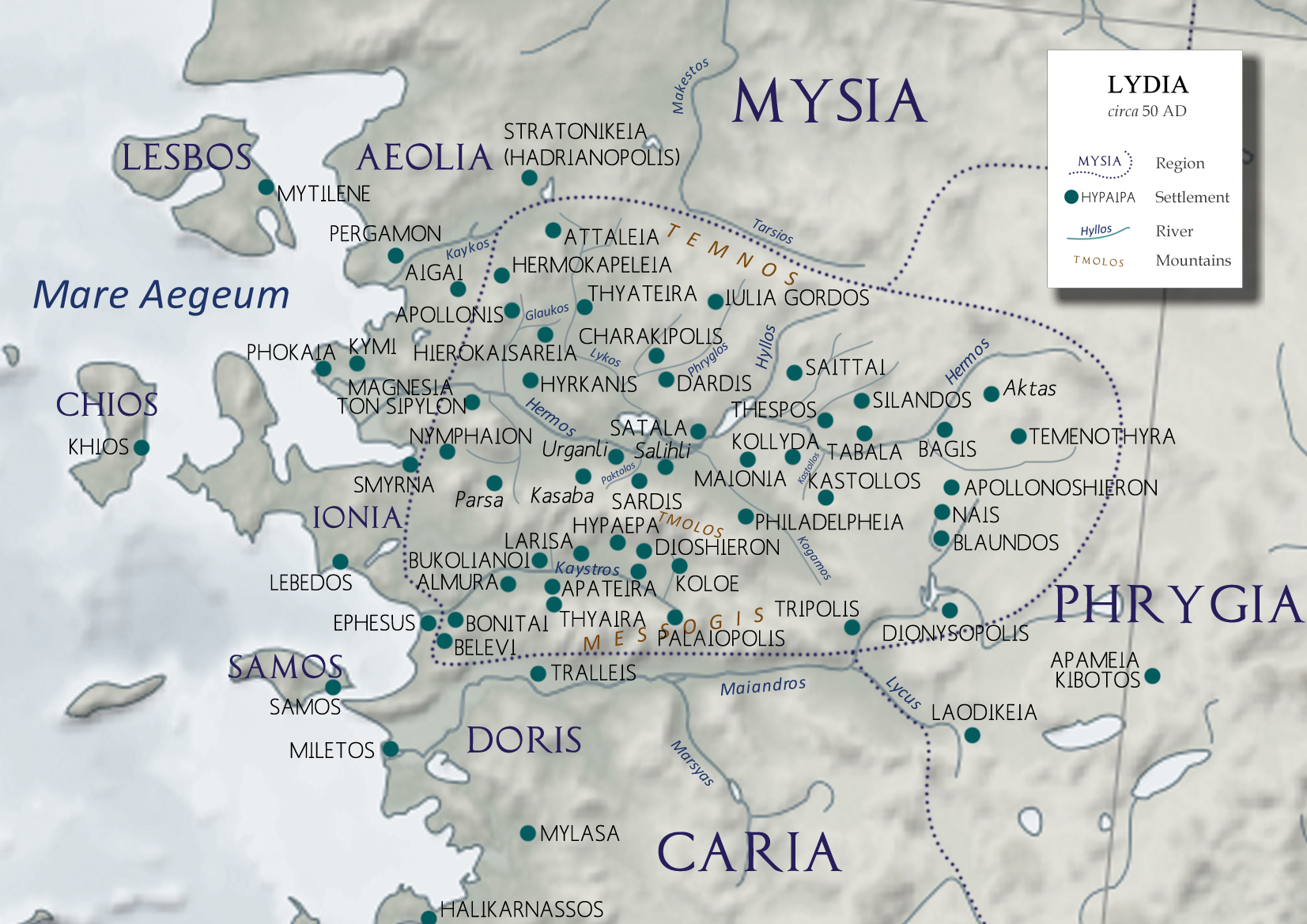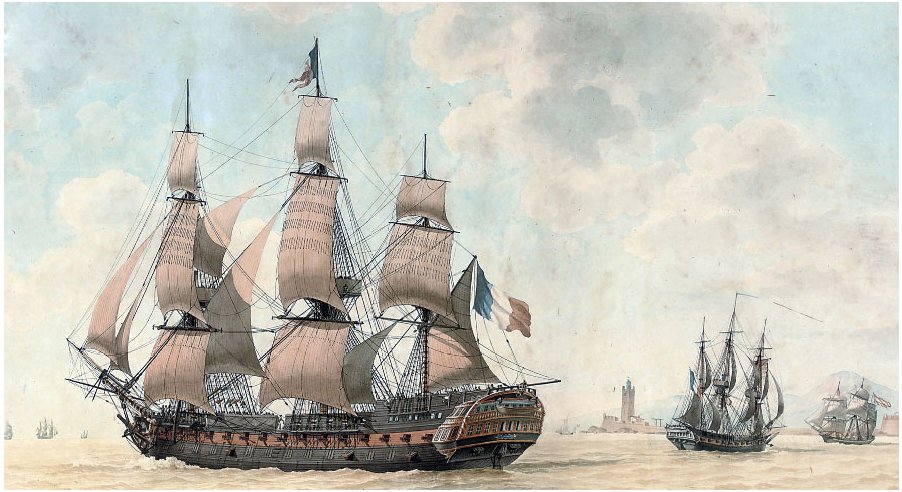|
HMS Nemesis (1780)
HMS ''Nemesis'' was a 28-gun ''Enterprise''-class sixth-rate frigate of the Royal Navy. The French captured her in 1795 at Smyrna, but in 1796 a squadron led by brought her out of the neutral port of Tunis. Throughout her career she served under a number of commanders who would go on to have distinguished careers. She was converted to a troopship in 1812 and was sold in 1814. British service ''Nemesis'' was first commissioned in January 1780 under the command of Captain Richard Rodney Bligh. ''Nemesis'' was in company with on 3 January 1781 when they captured the Dutch vessel ''Catherine''. Then she captured the French privateer ''Alliance'' on 5 June. She was paid off from wartime service in 1784. Lastly, ''Nemesis'' was among the vessels sharing in the proceeds of the capture on 30 March 1783 of the Dutch ship ''Arendt op Zee''. She was paid off in May 1784 after wartime service. Between December 1787 and November 1789 ''Nemesis'' was at Deptford undergoing a major repai ... [...More Info...] [...Related Items...] OR: [Wikipedia] [Google] [Baidu] |
Naval Ensign Of The United Kingdom
The White Ensign, at one time called the St George's Ensign due to the simultaneous existence of a cross-less version of the flag, is an ensign worn on British Royal Navy ships and shore establishments. It consists of a red St George's Cross on a white field, identical to the flag of England except with the Union Flag in the upper canton. The White Ensign is also worn by yachts of members of the Royal Yacht Squadron and by ships of Trinity House escorting the reigning monarch. In addition to the United Kingdom, several other nations have variants of the White Ensign with their own national flags in the canton, with the St George's Cross sometimes being replaced by a naval badge omitting the cross altogether. Yachts of the Royal Irish Yacht Club wear a white ensign with an Irish tricolour in the first quadrant and defaced by the crowned harp from the Heraldic Badge of Ireland. The Flag of the British Antarctic Territory and the Commissioners' flag of the Northern Lig ... [...More Info...] [...Related Items...] OR: [Wikipedia] [Google] [Baidu] |
Enterprize (1774), Siren (1773), Fox (1773), Surprize (1774), Acteon (1775), Medea (1778), Serpine (1777), Andromeda (1777), Aurora (1777), Sibyl (1779), Brilliant (1779), Pomona (1778), Crescent (1779), Nemesis (1780), RMG J6318
Enterprise (or the archaic spelling Enterprize) may refer to: Business and economics Brands and enterprises * Enterprise GP Holdings, an energy holding company * Enterprise plc, a UK civil engineering and maintenance company * Enterprise Products, a natural gas and crude oil pipeline company * Enterprise Records, a record label * Enterprise Rent-A-Car, a car rental Provider ** Enterprise Holdings, the parent company General * Business, economic activity done by a businessperson * Big business, larger corporation commonly called "enterprise" in business jargon (excluding small and medium-sized businesses) * Company, a legal entity practicing a business activity * Enterprises in the Soviet Union, the analog of "company" in the former socialist state * Enterprise architecture, a strategic management discipline within an organization * Enterprise Capital Fund, a type of venture capital in the UK * Entrepreneurship, the practice of starting new organizations, particular ... [...More Info...] [...Related Items...] OR: [Wikipedia] [Google] [Baidu] |
HMS Bombay Castle (1782)
HMS ''Bombay Castle'' was a 74-gun third-rate ship of the line of the Royal Navy, launched on 14 June 1782 at Blackwall Yard. She grounded on 21 December 1796 in the shoals of the Tagus River's mouth. Origins The British East India Company (EIC) funded the construction of ''Bombay Castle'' as a contribution to the war effort. Similarly, the EIC also paid for the construction of and . ''Bombay Castle'' was at Plymouth Plymouth () is a port city and unitary authority in South West England. It is located on the south coast of Devon, approximately south-west of Exeter and south-west of London. It is bordered by Cornwall to the west and south-west. Plymouth ... on 20 January 1795 and so shared in the proceeds of the detention of the Dutch naval vessels, East Indiamen, and other merchant vessels that were in port on the outbreak of war between Britain and the Netherlands. Loss ''Bombay Castle'' was under the command of Captain Thomas Sotheby when she entered the Ta ... [...More Info...] [...Related Items...] OR: [Wikipedia] [Google] [Baidu] |
HMS Barfleur (1768)
HMS ''Barfleur'' was a 90-gun second-rate ship of the line of the Royal Navy, designed by Sir Thomas Slade on the lines of the 100-gun ship ''Royal William'', and launched at Chatham Dockyard on 30 July 1768, at a cost of £49,222. In about 1780, she had another eight guns added to her quarterdeck, making her a 98-gun ship; she possessed a crew of approximately 750. Her design class sisters were the , , and . She was a ship of long service and many battles. In June 1773, King George III reviewed the British fleet at Spithead. ''Barfleur'', under Captain Edward Vernon, was on this occasion the flagship of the fleet commander, Vice-Admiral Thomas Pye. She distinguished herself as the flagship of Rear-Admiral Samuel Hood on the Leeward Islands station during the American War of Independence. Under Captain John Knight, she was flagship at the indecisive action of 28 April 1781 off Martinique against the French fleet of Rear-Admiral Comte de Grasse, at which ''Barfleur'' lo ... [...More Info...] [...Related Items...] OR: [Wikipedia] [Google] [Baidu] |
HMS Egmont (1768)
HMS ''Egmont'' was a 74-gun third rate ship of the line of the Royal Navy, launched on 29 August 1768 at Deptford. She was designed by Sir Thomas Slade, and was the only ship built to her draught. ''Egmont'' was part of the squadron commanded by Admiral John Gell on 14 April 1793 which escorted a Spanish ship, the St. Jago, they had captured from the French back to Portsmouth. The ownership of the Spanish ship was a matter of some debate and was not settled until 4 February 1795 when the value of the cargo was put at £935,000. At this time all the crew, captains, officers and admirals could expect a share of the prize money— Admiral Hood's share was £50,000. Besides ''Egmont'', the ships that escorted her into Portsmouth were , , and .Annual Register 1795, accessed 6 October 2008. ' ... [...More Info...] [...Related Items...] OR: [Wikipedia] [Google] [Baidu] |
William Waldegrave, 1st Baron Radstock
Admiral (Royal Navy), Admiral William Waldegrave, 1st Baron Radstock, Order of the Bath, GCB (9 July 175320 August 1825) was an officer in the Royal Navy and List of governors of Newfoundland and Labrador, Governor of Newfoundland. Early life and education Waldegrave was the second son of John Waldegrave, 3rd Earl Waldegrave, and Elizabeth (née Gower). He was educated at Eton College, Eton. Naval career Waldegrave joined the Royal Navy in 1766, initially in HMS Jersey, the flagship of the Mediterranean fleet. He was promoted to Lieutenant (navy), Lieutenant and later Commander (Royal Navy), Commander in 1775 when he received command of the Sloop-of-war, sloop HMS ''Zephyr''. He was further promoted to Captain (Royal Navy), Captain in 1776 when he sailed to India in HMS Rippon, flagship of Admiral Edward Vernon. After 15 months poor health forced him home but from 1778 to the end of the War of American Independence in 1783 he was a frigate captain. He spent the next ten years ... [...More Info...] [...Related Items...] OR: [Wikipedia] [Google] [Baidu] |
Tunis
''Tounsi'' french: Tunisois , population_note = , population_urban = , population_metro = 2658816 , population_density_km2 = , timezone1 = CET , utc_offset1 = +01:00 , timezone1_DST = , utc_offset1_DST = , postal_code_type = Postal code , postal_code = 1xxx, 2xxx , area_code_type = Calling code , area_code = 71 , iso_code = TN-11, TN-12, TN-13 and TN-14 , blank_name_sec2 = geoTLD , blank_info_sec2 = .tn , website = , footnotes = Tunis ( ar, تونس ') is the capital and largest city of Tunisia. The greater metropolitan area of Tunis, often referred to as " Grand Tunis", has about 2,700,000 inhabitants. , it is the third-largest city in the Maghre ... [...More Info...] [...Related Items...] OR: [Wikipedia] [Google] [Baidu] |
Smyrna
Smyrna ( ; grc, Σμύρνη, Smýrnē, or , ) was a Greek city located at a strategic point on the Aegean coast of Anatolia. Due to its advantageous port conditions, its ease of defence, and its good inland connections, Smyrna rose to prominence. The name of the city since about 1930 is İzmir. Two sites of the ancient city are today within Izmir's boundaries. The first site, probably founded by indigenous peoples, rose to prominence during the Archaic Period as one of the principal ancient Greek settlements in western Anatolia. The second, whose foundation is associated with Alexander the Great, reached metropolitan proportions during the period of the Roman Empire. Most of the present-day remains of the ancient city date from the Roman era, the majority from after a second-century AD earthquake. In practical terms, a distinction is often made between these. ''Old Smyrna'' was the initial settlement founded around the 11th century BC, first as an Aeolian settlement, and la ... [...More Info...] [...Related Items...] OR: [Wikipedia] [Google] [Baidu] |
French Corvette Sardine (1771)
''Sardine'' was a corvette of the French Navy, launched in 1771. The Royal Navy captured her at the Siege of Toulon but the French retook her when the Anglo-Spanish force retreated. The Royal Navy captured her again in 1796. She then served as HMS ''Sardine'' until the Royal Navy sold her in 1806. French career ''Sardine'' was built to a design by Joseph-Marie-Blaise Coulomb. She was pierced for 18 guns but carried 16. She served in the Mediterranean during the Ancien Régime. In 1792 she was under the command of ''Lieutenant de vaiseau'' the chevalier de Bellon de Sainte-Marguerite and served as an escort in the Levant. She was at Smyrna in March, and then cruised the Aegean Sea. Next, she escorted a convoy from Smyrna to Cape Matapan, and then protected French trade between Tripoli (Syria) and Alexandria. Lastly, she escorted a convoy from Cyprus to Marseilles in October. In August 1793 an Anglo-Spanish force captured Toulon and Royalist forces turned over to them the French n ... [...More Info...] [...Related Items...] OR: [Wikipedia] [Google] [Baidu] |
French Frigate Sensible (1787)
''Sensible'' was a 32-gun ''Magicienne''-class frigate of the French Navy. The Royal Navy captured her in 1798 off Malta and took into service as HMS ''Sensible''. She was lost in a grounding off Ceylon in 1802. French Navy service From November 1789, she served at Martinique under ''captaine de vaisseau'' Durand de Braye (or Durand d'Ubraye). In September 1790, she ferried Joséphine de Beauharnais and her daughter Hortense from Martinique to Toulon. In 1792, she took part in operations against Sardinia. In 1793, she was equipped as a bomb ship. On 9 December 1795, ''Sensible'' was part of Gantaume's squadron. ''Sensible'', along with the corvettes '' Sardine'' and ''Rossignol'', captured the 28-gun in the neutral port of Smyrna. The French warships entered the harbour in disregard of its neutrality and forced ''Nemesis'' to surrender. Murray Maxwell (then a midshipman) was taken prisoner on this occasion. Under ''lieutenant de vaisseau'' (later ''capitaine de fréga ... [...More Info...] [...Related Items...] OR: [Wikipedia] [Google] [Baidu] |
Honoré Joseph Antoine Ganteaume
Count Honoré Joseph Antoine Ganteaume (13 April 1755 in La CiotatLevot, p.206 – 28 July 1818 in AubagneLevot, p.208) was a French Navy officer and Vice-admiral. Ganteaume started sailing on Indiamen, before serving during the American War of Independence in the fleets of Admiral d'Estaing and Suffren. At the French Revolution, he was promoted to command the 74-gun ''Trente-et-un Mai'', taking part in the Glorious First of June and the Croisière du Grand Hiver. Ganteaume took part in the Expedition to Egypt, narrowly escaping death during the Battle of the Nile. There, he formed a personal relationship with General Bonaparte, who supported his promotion. He was made a Rear-Admiral and given command of a squadron to supply the Army of Egypt, but in Ganteaume's expeditions of 1801, he engaged in months of complicated manoeuvres to elude the Royal Navy and eventually failed his mission. He supplied the French forces of the Saint-Domingue expedition. During the Trafalgar Ca ... [...More Info...] [...Related Items...] OR: [Wikipedia] [Google] [Baidu] |
Calvi, Haute-Corse
Calvi (; ; ; ) is a '' commune'' in the Haute-Corse department of France on the island of Corsica. It is the seat of the Canton of Calvi, which contains Calvi and one other ''commune'', Lumio. Calvi is also the capital of the Arrondissement of Calvi, which contains, besides the Canton of Calvi, three other cantons: L'Île-Rousse, Belgodère, and Calenzana. According to legend, Christopher Columbus supposedly came from Calvi, which at the time was part of the Genoese Empire. Because the often subversive elements of the island gave its inhabitants a bad reputation, he would have been expected to mask his exact birthplace. Geography Calvi is located on the northwest coast of the island of Corsica, from Bastia and from L'Île-Rousse. It is the fifth-largest commune in Corsica; however, the arrondissement is the smallest. Climate Calvi has a hot-summer mediterranean climate (Köppen climate classification ''Csa''). The average annual temperature in Calvi is . The average a ... [...More Info...] [...Related Items...] OR: [Wikipedia] [Google] [Baidu] |





